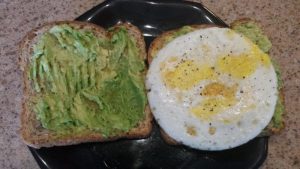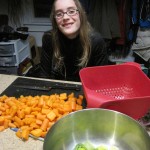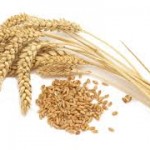Is your kitchen helping or hurting your weight-loss efforts?
Did you know that the average woman who keeps a box of breakfast cereal visible anywhere in her kitchen weighs about 21 pounds more than her neighbor who doesn’t? How about that having potato chips or crackers in plain sight causes you to weigh 8 pounds more than your neighbor who puts them out of sight (or better yet don’t keep them in the house!)
Recently I read an article by Brian Wansink, PhD author of “Slim by Design: Mindless Eating Solutions for Everyday Life”. In his book he provides a 100-point checklist to evaluate your kitchen. However in the spirit of “taking baby-steps” and not trying to change everything at once I wanted to start by sharing the 10-point checklist he offers in his article “Food-Related Behavior Change Made Easy”.
How many of the following are true in your home?
- Salad and vegetables are served first before the entrée and starches are brought to the table.
- The main dish is pre-plated and served from the stove or counter (not family style).
- Your dinner plates are 9-10 inches in diameter.
- You eat sitting at a table with the TV turned off.
- There are two or fewer cans of soft drinks in your refrigerator at any one time. (Doesn’t matter if it’s diet or regular soda).
- Your kitchen counters are organized (not messy).
- Precut fruits and vegetables are now on your middle refrigerator shelf.
- At least 6 single servings of protein are in your fridge: Hard-boiled eggs, yogurt, string cheese, tofu, etc.
- Your snacks are kept in one inconveniently located cupboard.
- The only food on your kitchen counter is a fruit bowl.
How many did you check? If you checked seven or more, congratulations, you’re doing great. If you scored less than seven which ones can you change in the next week?
You eat what you see first, so the ONLY food that should be on your kitchen counter is a fruit bowl!
P.S. Learn more about Dr Wansink’s book “Slim by Design: Mindless Eating Solutions for Everyday Life” at www.slimbydesign.org













